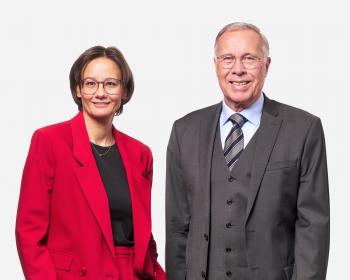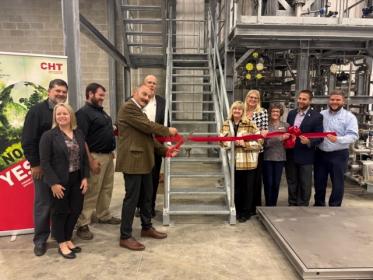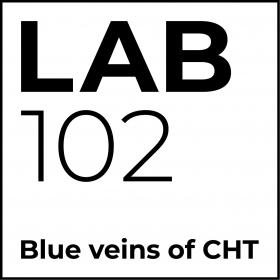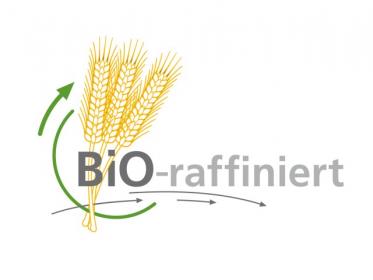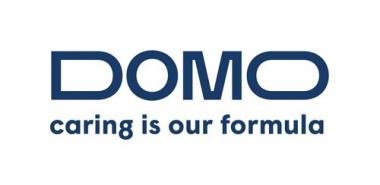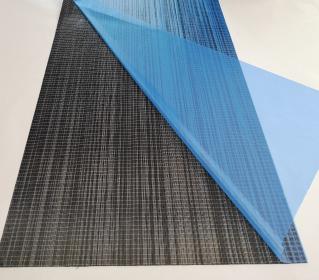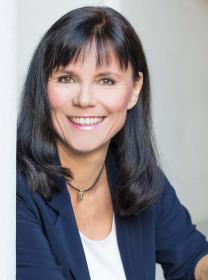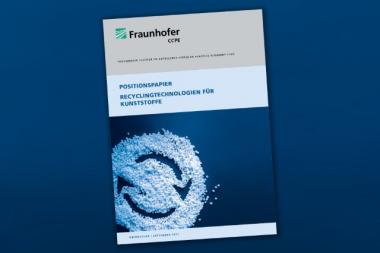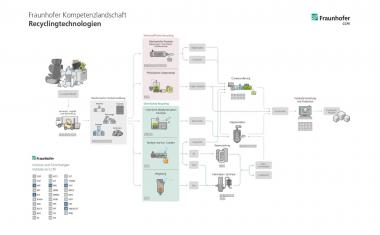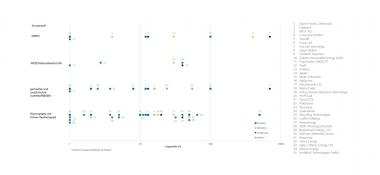CHT Textile Dyes App im neuen Design
Die CHT Textile Dyes App präsentiert sich in einem neuen Design. Seit mehr als zehn Jahren ist die CHT Textile Dyes App ein Begleiter in der Textilindustrie. Das überarbeitete Design macht eine Vielzahl von nützlichen Funktionen und Informationen noch leichter zugänglich.
Mit der CHT Textile Dyes App haben Anwender Zugriff auf das gesamte Farbstoff- und Pigmentportfolio der CHT sowie allen dazugehörigen Informationen, um das Färben einfacher und sicherer zu machen. Ebenfalls in der CHT Textile Dyes App integriert sind kostenlose In-App-Berechnungsprogramme mit nachhaltigen Lösungen, die den Anwender dabei unterstützen, seine Produkte nachhaltiger und kostengünstiger herzustellen, indem wichtige Ressourcen wie Wasser, Energie und Zeit in den Veredlungsprozessen effizient eingespart werden können.
CHT Gruppe





